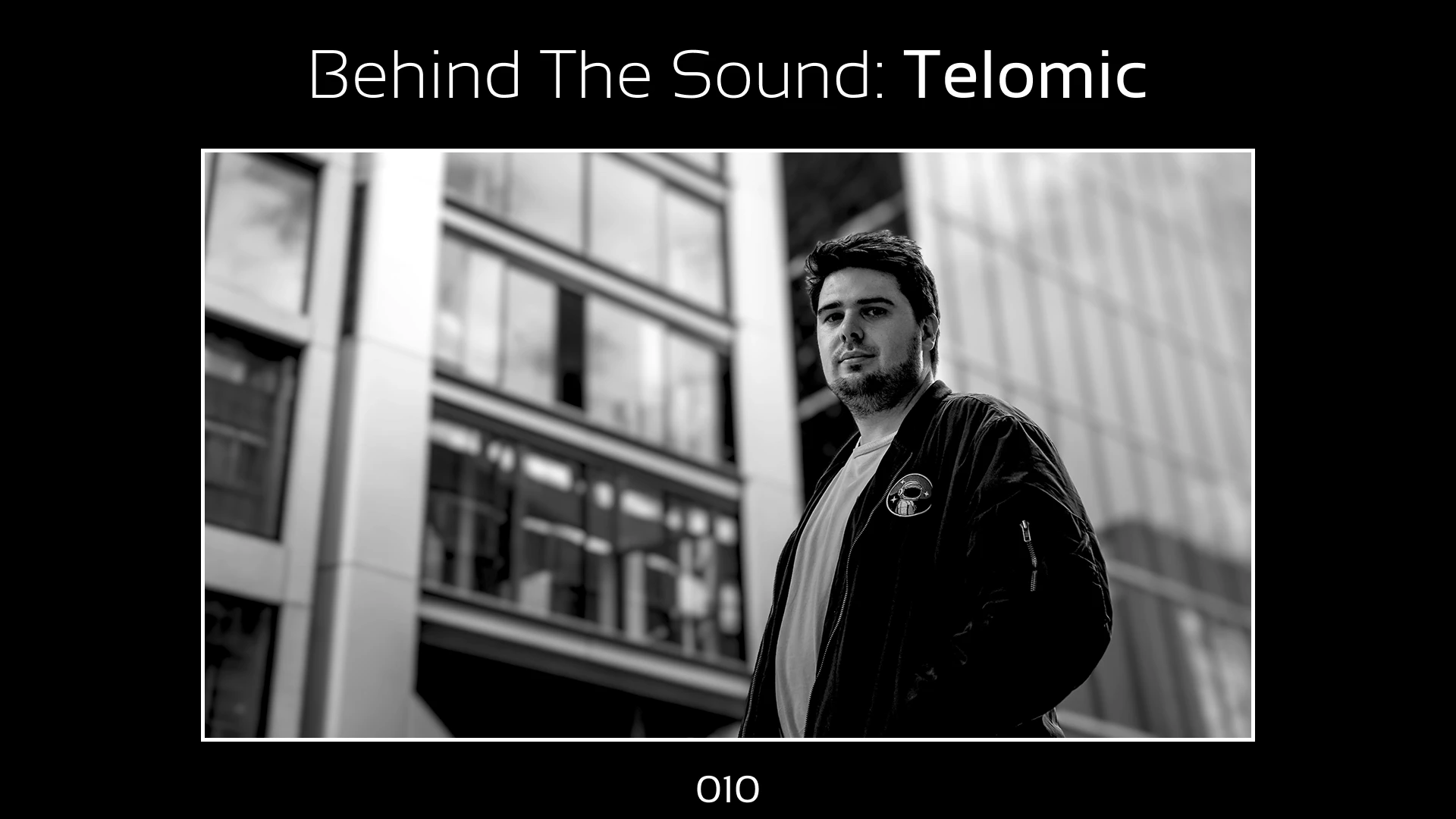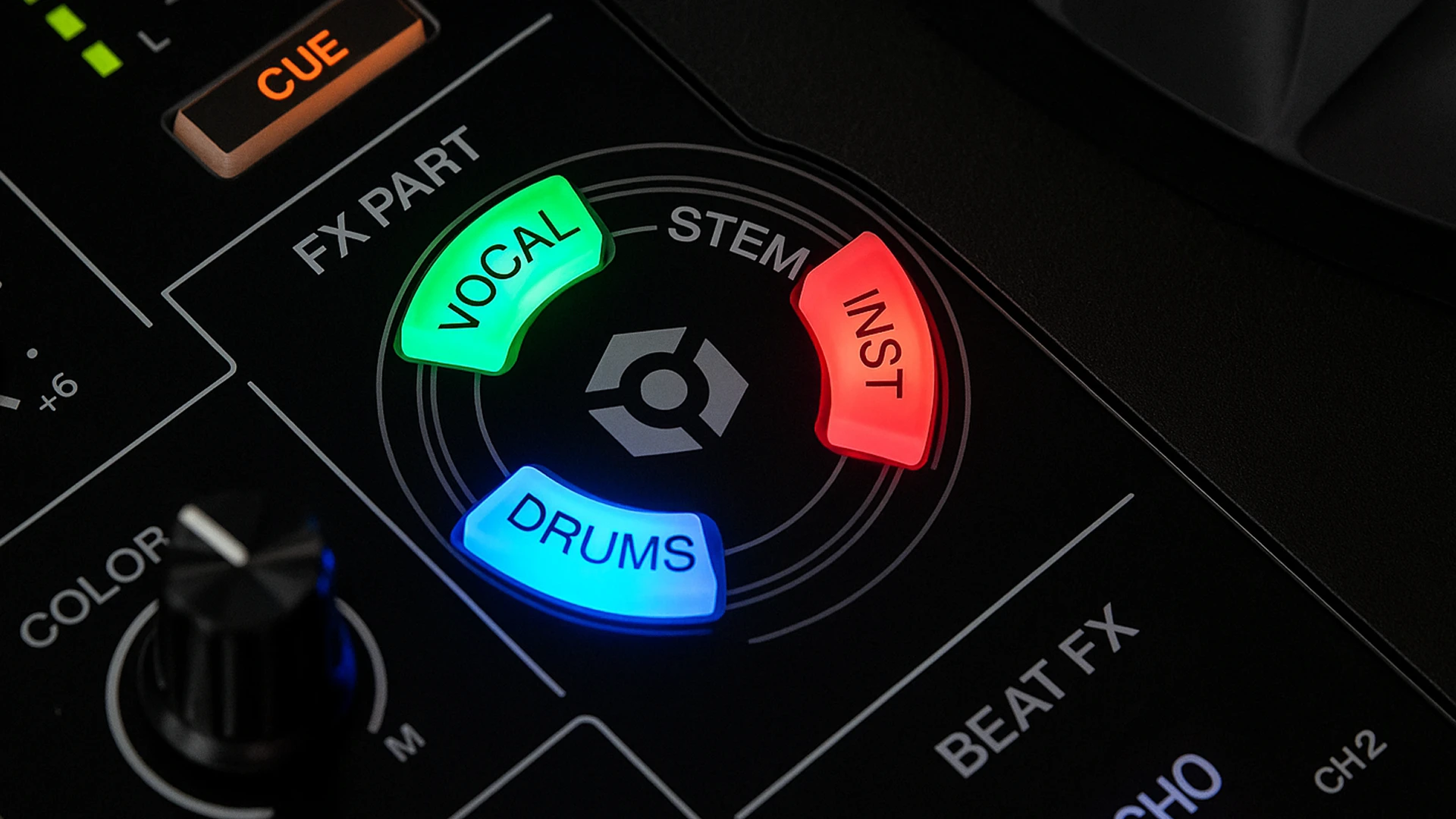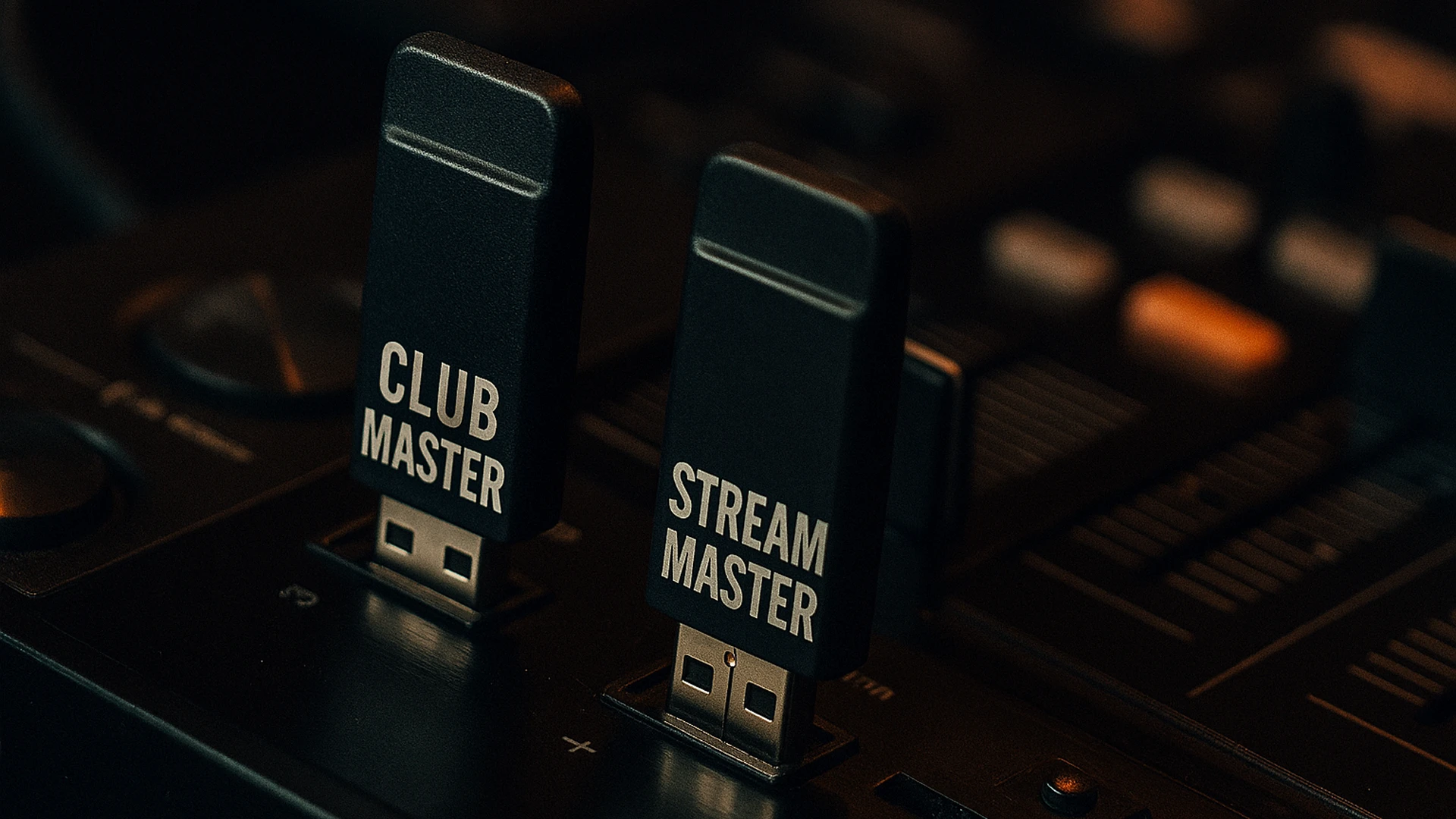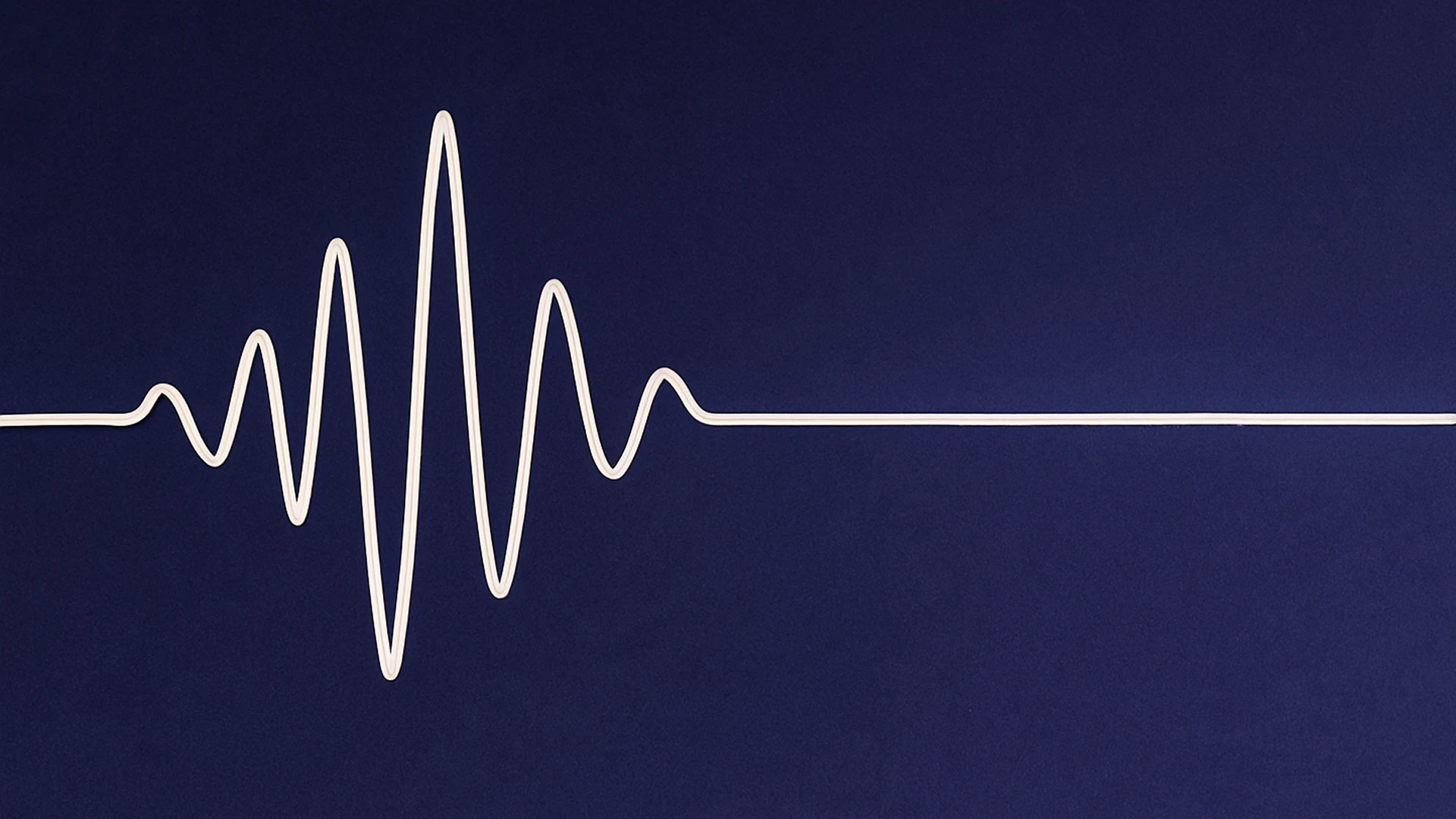Behind The Sound: Anna Karina
We continue our new interview series "Behind The Sound" with Ukrainian, now Berlin-based producer Anna Karina. In this conversation, we talk about the making of her debut EP "METAPHORISCH", the idea of opening new boundaries of sound, her perspective on women in music production, and how her cultural identity shapes her productions.
8 minutes read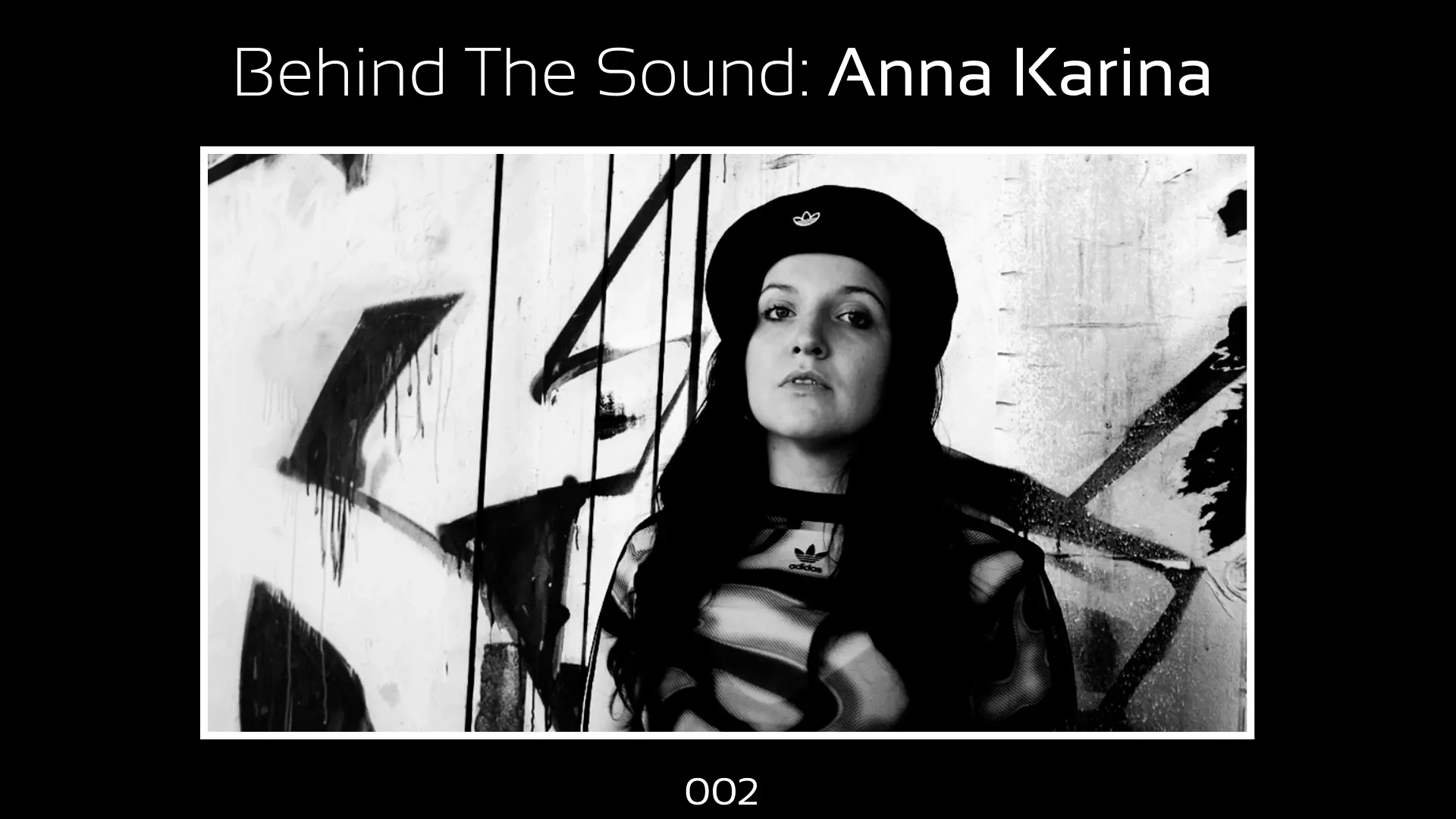
We sat down with Anna Karina, an experimental electronic producer whose, recently released, debut EP "METAPHORISCH" explores sound as a subconscious language. Blending modular synthesis, field recordings, and cultural influences, she is carving out her own space in the world of forward-thinking electronic music. We talked about her creative process, opening new boundaries of sound, women in music production, and the role of cultural identity in her work.
METAPHORISCH EP
I felt that METAPHORISCH was not just music, but a piece of art that carries my inner world in layers, open for others to feel in their own way.
- Anna Karina
What was the starting point or inspiration behind METAPHORISCH?
The starting point for METAPHORISCH was my desire to explore sound as a form of subconscious expression. I wanted to create music that feels like it comes from a hidden place inside; not only rhythm and melody, but something that touches deeper emotions and sensations. The EP was born out of countless hours experimenting with modular synthesizers and electronic textures, letting them speak almost like characters in a story.
The title suggests layers of meaning; how do metaphors play a role in your music and creative process?
For me, metaphors in music are like invisible bridges, they connect abstract sound to very human feelings. A single synth texture can be a metaphor for fragility, for strength, or for a memory. In METAPHORISCH, I treated every sonic choice as a metaphorical layer, so the listener can decode their own meaning. I don’t want to dictate one narrative; I want to give space for many interpretations, just like in visual art.
What sounds or textures did you experiment with that felt like “new boundaries” for you personally?
I worked with a wide palette: modular synthesis in VCV Rack, raw electronic beats inspired by Detroit Electro, and abstract sound design that often felt more like sculpting than composing. One of the most exciting boundaries was mixing very mechanical, cold structures with warm, almost human-like voices of synths. It felt like I was constantly shifting between chaos and harmony. That tension became the DNA of the EP.
Could you describe the emotional journey of creating EP?
It was intense and very personal. At first, it felt overwhelming , like I was trying to give shape to something I couldn’t fully describe in words. But with every track, I found more clarity and confidence in my sound. The process moved from curiosity, to frustration, to discovery, and finally to a sense of freedom. By the end, I felt that METAPHORISCH was not just music, but a piece of art that carries my inner world in layers, open for others to feel in their own way.
It’s about creating music that feels alive and multidimensional, not limited to conventional instruments or structures.
- Anna Karina
Opening New Boundaries of Sound
You’ve mentioned the importance of opening new boundaries of sound, what does this mean to you in practice?
For me, opening new boundaries of sound means refusing to treat music as something fixed or predictable. It’s when everyday noises; the hiss of a cat, the creak of glass, or the sound of nature become part of a composition. I love working with field recording, blending those textures with electronic beats. In practice, it’s about creating music that feels alive and multidimensional, not limited to conventional instruments or structures.
Do you see sound as something with infinite possibilities, or are there “limits” you enjoy pushing against?
I see sound as infinite. There are no limits except the ones we impose ourselves. I don’t want “stops” in my production, I want to feel that anything can become music. At the same time, the “limits” are interesting because they give us something to challenge. For example, our subconscious often prefers simple beats in daily life, but I want to shift that by introducing more complexity, helping people discover the beauty in detailed, layered sound.
How do you balance experimentation with accessibility, making sure your music still connects with listeners?
I always return to my love of breakbeat and broken rhythms, they provide a foundation that feels familiar and physical. On top of that, I add experimental textures and details that invite listeners into a more complex world. I don’t force everything to synchronize perfectly; instead, I allow space for the audience to find their own path in the music. This mix of accessibility and experimentation is what excites me most, the beat keeps the body moving, while the details open the imagination.
The future of live performance lies in its ability to transport audiences beyond entertainment, into new states of consciousness, while remaining accessible and relevant within popular culture.
- Anna Karina
When you imagine the “music of the future,” what does it sound like or feel like?
The music of the future is not tied to a specific year, it begins already tomorrow. For me, it combines experimental background textures with the driving energy of dark techno and dance-oriented electronic music. The steady pulse of a kick drum has become an integral part of our daily lives, whether in clubs, commuting, or exercising. Yet I believe the future lies in introducing more complexity and detail into these familiar structures, creating soundscapes that are at once rhythmic and multidimensional. The goal is to expand how people listen, making experimental music accessible without losing its depth.
Do you think technology is shaping music in a way that excites you, or are there aspects that worry you?
Technology is one of the most important factors shaping the future of music, and I find this deeply exciting. It allows us to recognise that sound is present in every detail of life and to use those details creatively. During my studies at Catalyst (Institute for Creative Arts & Technology in Berlin), for example, we were asked to record the environment around us, and I realised I could transform everyday sounds, from nature to glass, into composition. This experience revealed to me that music is not confined to traditional instruments; it is everywhere. While I do not see technology itself as a threat, I think the challenge is whether society will embrace it as a tool for creativity and exploration, rather than allowing historical cycles of destruction to repeat themselves.
How do you see live performance evolving in a future where sound is increasingly digital?
I believe live performance will evolve toward greater immersion and integration of sound design with physical rhythm. We already see this in how detailed soundscapes enhance the realism of games and films. Applied to live music, this means performances can become multi-layered experiences that not only engage the body through rhythm but also expand perception through complex textures and environments. The future of live performance lies in its ability to transport audiences beyond entertainment, into new states of consciousness, while remaining accessible and relevant within popular culture.
While I do not see technology itself as a threat, I think the challenge is whether society will embrace it as a tool for creativity and exploration, rather than allowing historical cycles of destruction to repeat themselves.
- Anna Karina
Women in Music Production
The strength of women in music lies in individuality, in the courage to bring something personal and new, even if it isn’t immediately understood.
- Anna Karina
Music production has historically been male dominated. What has your own journey been like as a woman producer?
Women have always been present in music, but often they weren’t given a voice. I’ve felt that reality. My own journey as a woman producer has been about carving out space for myself; trusting my taste, my vision, and my style. A year ago, when I began producing independently, I realised the music I create isn’t simply a reflection of what I used to listen to, but something entirely my own. That realisation gave me confidence to stand as a female producer in a field that still leans male.
Are there particular challenges you’ve faced, or stereotypes you’ve had to break through?
So far, I haven’t experienced many direct stereotypes, but I am aware that as I grow, I may encounter misunderstandings; whether from male producers or parts of the audience. The challenge is proving that women are not just “featured voices” but can be strong, independent sound producers.
What advice would you give to young women who are just starting out in electronic music production?
My advice is: follow your vision, your taste, and your style. Don’t try to imitate anyone else or fit into a mold. The strength of women in music lies in individuality, in the courage to bring something personal and new, even if it isn’t immediately understood.
Do you feel that female voices bring something unique to sound design and electronic music spaces?
Absolutely. Female artists often approach sound with different sensitivities, searching for new timbres, experimenting with unconventional instruments, and daring to explore spaces outside the mainstream. I see more and more women creating unique soundscapes, and I believe female voices will continue to expand the vocabulary of electronic music in ways that are both innovative and necessary.
I realised the music I create isn’t simply a reflection of what I used to listen to, but something entirely my own.
- Anna Karina
Personal & Philosophical
How has moving from Ukraine to Berlin influenced your artistic vision?
Moving from Ukraine to Berlin gave me perspective and double freedom, in Ukraine I always had a freedom for my music, but Berlin is a city where electronic music has deep roots and constant reinvention. Being here exposed me to a community that values experimentation and diversity of sound. At the same time, leaving Ukraine made me more aware of my cultural roots and how they continue to live in my music.
What role do cultural roots play in your music, even when you’re experimenting with futuristic sound?
Ukrainian culture feels infinite to me, and I love bringing that into my productions. I often weave Ukrainian folk singing, opera elements, or the poetry of Lesya Ukrainka into electronic textures. Even when I’m working with futuristic soundscapes, those cultural references ground the music emotionally and spiritually. They remind me that sound is not just about technology, it’s also about heritage and identity.
What’s next after METAPHORISCH? Any upcoming projects or collaborations we should look forward to?
METAPHORISCH was my first step into experimental electronic production, and it opened up many directions I want to explore. Next, I plan to develop further as a producer of experimental electronic music and work more deeply with vocals. I see the voice not only as singing, but as a versatile instrument that can bridge emotional expression with futuristic sound design. Future projects will continue to combine rhythm, complexity, and cultural elements, pushing toward new boundaries of sound.
--
A big thank you to Anna Karina for this insightful and inspiring conversation.
Stay connected with her and follow her journey through her music and upcoming projects.
↳ Check out METAPHORISCH
